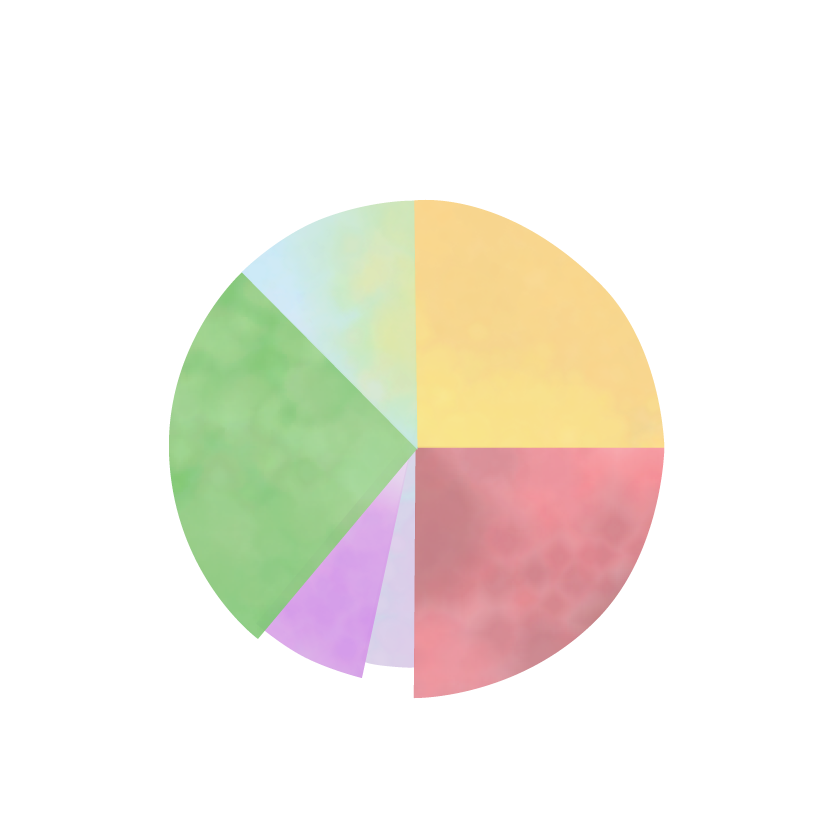





Cognitive Restructuring with Child-Friendly Techniques Copy
Cognitive restructuring is the basis of cognitive-behavioral therapy (CBT) and aims to challenge cognitive distortions, or in the case of CCT, unhelpful thoughts. Cognitive restructuring can be very challenging for the therapist as it may not be easy to shift a child from the rigidity of their thinking. The approach is individual and tailored to a specific child, with an ultimate goal to increase the child’s cognitive flexibility.
The cognitive coping tools presented in the Coping Tools Module—positive thoughts and thought insertion—may be used for cognitive restructuring. Several common child-friendly techniques that might be helpful in your work are presented below.

Weighing the Evidence
Was there a time when this thought was not true? Can you come up with evidence to the contrary?

Taking Another Perspective
What would you say to your friend who is having this thought?

Using the Life Timeline
The life timeline can be used as a visual tool to challenge the thought, for example for a child that is having the thought “bad things always happen.” You say, “Look at your timeline! Is that really true?”

Using Pie Charts
What percent do you believe this thought?

Assuming the Thought is True
How bad is it really? Would you be able to cope? How do others cope with this?

Mindfulness and Acceptance-Based Reactions
Recognizing that our thoughts are just thoughts—they are temporary and they don’t necessarily determine our actions, nor do they define who we are or the world around us (e.g., thinking of thoughts like leaves on a stream, or clouds in the sky, passing by).
